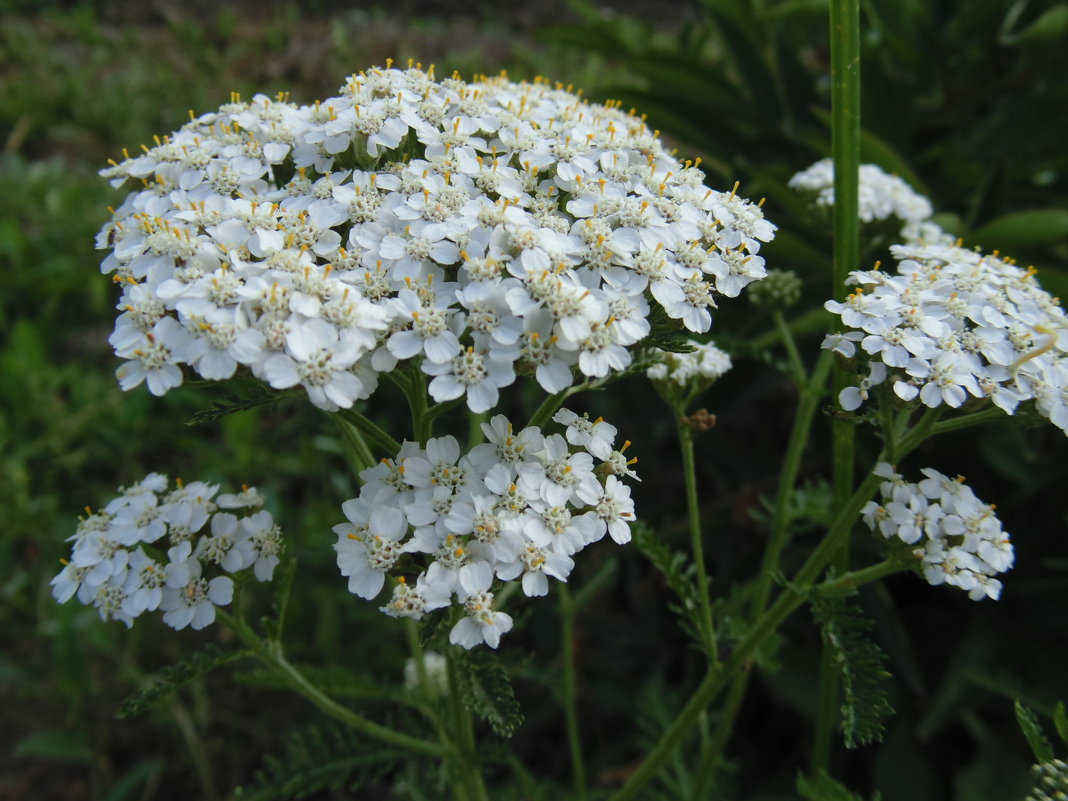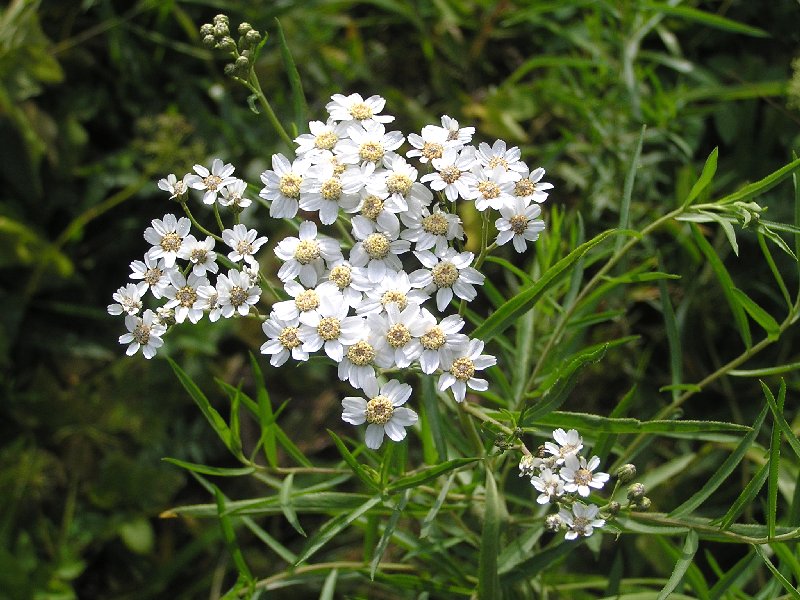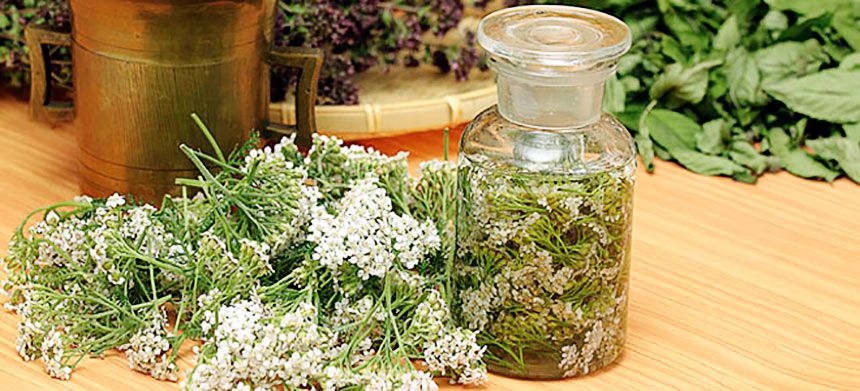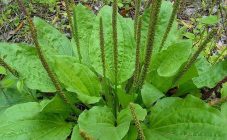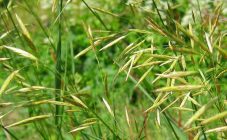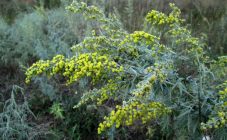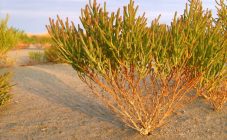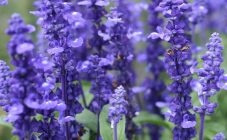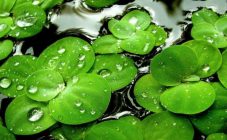Content:
Yarrow (the second scientific name is cut grass) is common in the wild, but is also grown at home because of the mass of useful properties and decorative qualities. As soon as they do not call it among the people: Achilles grass, female tree, bloodthirsty, woodworm, tenacious grass, rannik. These are not all the names of this medicinal plant.
External characteristics
Grass trees are a perennial belonging to the genus Yarrow, the Asteraceae or Asteraceae family. Differs in a creeping root system. The main rhizome is thick, with many thin, fibrous processes extending to the sides.
Shoots are few in number or solitary, erect or ascending, even, less often - meandering, from 0.2 m long. Glabrous, but may be slightly fluffed, start branching closer to the apex.
The leaves are lamellar, about 15 cm long, 5 mm to 3 cm wide, the seamy side is abundantly covered with oily glands. The foliage sits singly, arranged along the stem in a spiral, only one lanceolate or linear-lanceolate leaf emerges from the node.
The shield-shaped inflorescence consists of many small inflorescences-baskets, formed from small white or pink flowers. Closer to the center of the basket are bisexual tubular flowers of a yellowish shade, the place along the edges is occupied by ligulate female flowers of white, occasionally pink, color. Has an inferior, unilocular ovary. Flowering begins in June and continues until the end of the summer season.
Growing places
The herb yarrow is not capricious, it can survive in various climatic conditions, both at high temperatures and when it drops sharply below 0 ° C. Therefore, the plant grows even in the Himalayas, is widespread throughout Russia, in Europe, Central Asia, North America.
Varieties
The genus Yarrow has many species that differ in their properties, external characteristics, and places of growth. The most common are:
- Yarrow glabrous. Quite a well-known species due to its rarity. In nature, you can admire it only in the Kamennye graves reserve park, as well as in the botanical gardens. Favorite place - granite rocks;
- Yarrow noble. Found throughout Russia. Flowering period: June - August. Placed on the steppe slopes, near roads;
- Yarrow willow. Perennial blooming from July to September. Distributed in the European part of Russia, occasionally in Siberia and the Far East. Prefers dampness, therefore it grows in marshy areas and near the shores of water bodies;
- Ptarmika or sneeze herb. Blooms from June to September. Distribution - North America, the entire territory of Europe, the European part of Russia. He also chooses areas with increased dampness as his “place of residence”.
Application in various fields
What yarrow herb is used for:
- In cooking, leaves and inflorescences are used as a spice for dishes. The seasoning has a spicy, pleasant, slightly tart taste, and a mild smell. Add to first courses, meat, salads, used in the preparation of sauces;
- The essential oil of the plant and dry shredded herb are used as a flavoring agent for alcoholic beverages and for the preparation of bitters;
- Inflorescences attract bees, so beekeepers have trees in price and are considered a good honey plant;
- The garden yarrow flower is used by gardeners and florists. With the help of selection, varieties of high decorativeness, various colors and shades of inflorescences have been bred. Look great in compositions;
- Due to its ability to treat many diseases, the plant is often used in medicine.
Pharmacological properties:
- Promotes increased appetite;
- Has a hemostatic effect;
- Accelerates the healing processes in wounds, abrasions, cuts;
- Increases the low acidity of the stomach;
- It has a choleretic effect;
- Disinfects;
- Expands blood vessels;
- Strengthens the contractions of the muscles of the uterus;
- Able to relieve indigestion with an astringent effect.
Contraindication: prohibited for use by pregnant women, as well as persons with low blood pressure, acute chronic diseases, and who have a predisposition to thrombosis.
Before taking you need to consult a doctor. Follow the instructions for use in detail.
Collection of herbs and storage
Inflorescences and shoots are subject to separate harvesting. Collect only during the flowering period. The tops must be cut, about 15 cm long.
Drying should take place in shaded areas with good circulation of fresh air. It is worth turning the harvested material regularly. The plant will dry out within 1-2 weeks.
Store in glass, tin containers, cloth bags and paper rolls. The herb does not lose its beneficial properties for about 2 years; for flowers, longer storage is possible - 5 years.
A plant that looks unhealthy or damaged should not be harvested.
Diseases and pests
Yarrow is extremely rare and is practically not attacked by insects, as it is a repellent. It contains a substance that repels arthropods. Therefore, experienced gardeners and gardeners often prepare decoctions and infusions with yarrow to get rid of aphids, thrips, caterpillars, spider mites, as well as to stop fusarium disease on other plants.
Very rarely, you can see a striped weevil on the bush, which feeds on leaves, and its larvae sharpen the root system. In order to destroy the beetles, the drug Chlorophos should be used, and the agent, the component of which is hexachlorane, will help to get rid of the larvae.
It will help to decorate the flowerbed under the window, give the dish a flavorful zest, cure diseases, and become an excellent raw material for delicious honey in the future. Yarrow possesses all these abilities.
